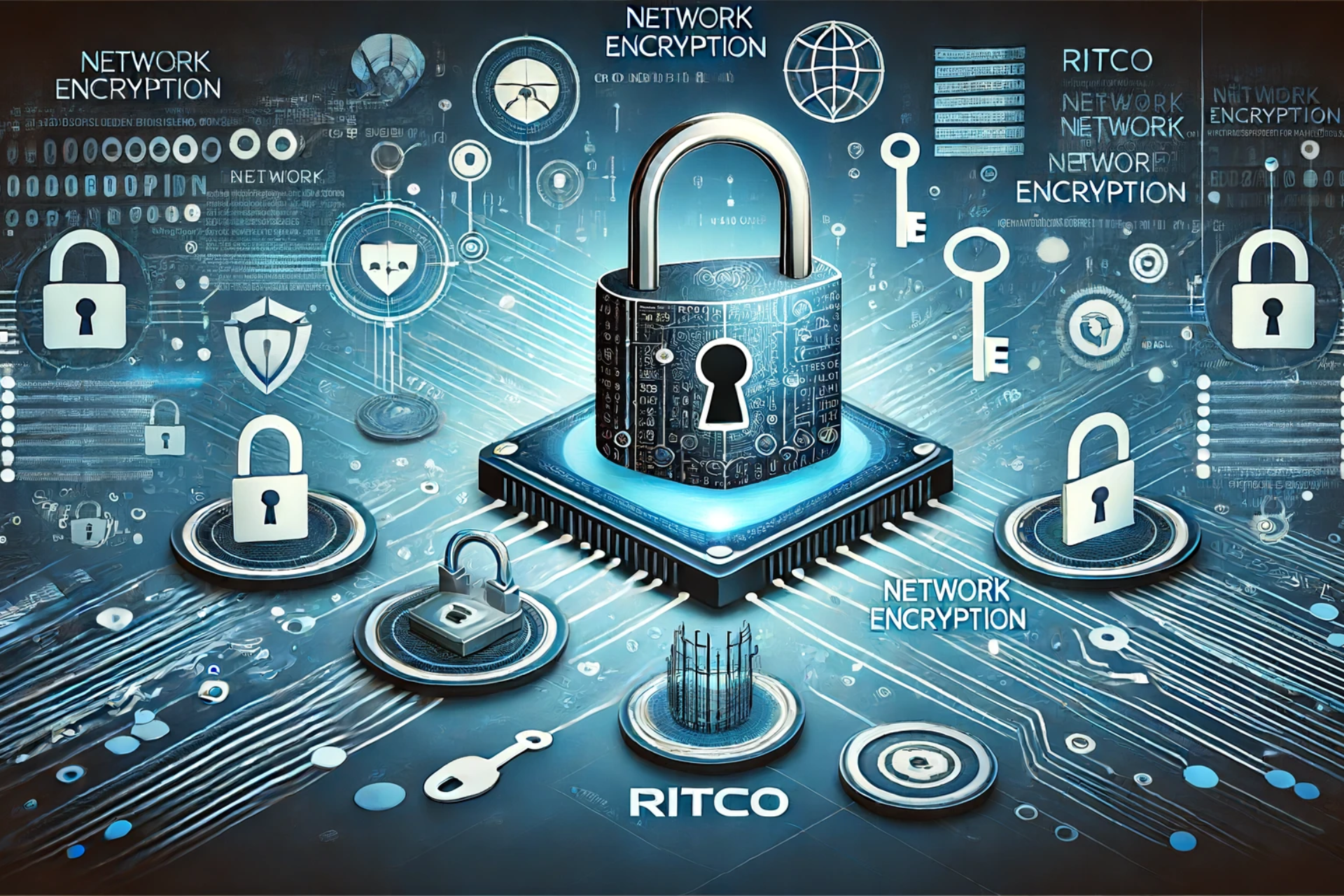
The Role of Encryption in Network Security

The Role of Encryption in Network Security
Encryption plays a vital role in protecting sensitive information as it travels across networks. It ensures that data is unreadable to unauthorized parties, thereby maintaining confidentiality and integrity. As cyber threats continue to evolve, encryption remains a cornerstone of network security, providing essential protection for data in transit and at rest.
How Encryption Works
Encryption converts plaintext into ciphertext using an algorithm and an encryption key. This process ensures that the data is unreadable to anyone who does not have the correct decryption key. Decryption is the reverse process, converting the ciphertext back into readable plaintext using the appropriate key. This dual process ensures that sensitive information remains secure even if it is intercepted during transmission.
Types of Encryption
Symmetric Encryption Symmetric encryption uses the same key for both encryption and decryption. This method is fast and efficient, making it suitable for encrypting large volumes of data. However, the challenge lies in securely sharing the encryption key between the sender and receiver. Common symmetric encryption algorithms include AES (Advanced Encryption Standard) and DES (Data Encryption Standard).
Asymmetric Encryption Asymmetric encryption uses a pair of keys: a public key for encryption and a private key for decryption. This method provides a higher level of security because the private key does not need to be shared. The public key can be distributed openly, while the private key remains confidential. Asymmetric encryption is widely used in digital certificates and secure communications. RSA (Rivest-Shamir-Adleman) is a commonly used asymmetric encryption algorithm.
Applications of Encryption
VPNs (Virtual Private Networks) VPNs use encryption to create secure connections over public networks, ensuring data privacy and protection. By encrypting data packets, VPNs prevent unauthorized access and eavesdropping, making them essential for remote work and secure communication.
SSL/TLS SSL (Secure Sockets Layer) and its successor TLS (Transport Layer Security) encrypt data exchanged between web browsers and servers. This encryption secures online transactions, login credentials, and sensitive communications, protecting them from interception and tampering.
Email Encryption Email encryption protects the content of emails from being read by unauthorized individuals. By encrypting the email body and attachments, businesses can ensure that sensitive information shared via email remains confidential. Common email encryption protocols include PGP (Pretty Good Privacy) and S/MIME (Secure/Multipurpose Internet Mail Extensions).
Conclusion
Encryption is a cornerstone of network security, providing essential protection for data in transit and at rest. By converting plaintext into unreadable ciphertext, encryption ensures that sensitive information remains secure from unauthorized access. Businesses must implement strong encryption practices to safeguard their data, maintain customer trust, and comply with regulatory requirements. As cyber threats continue to evolve, encryption remains a critical tool in the defense against data breaches and cyber attacks.

